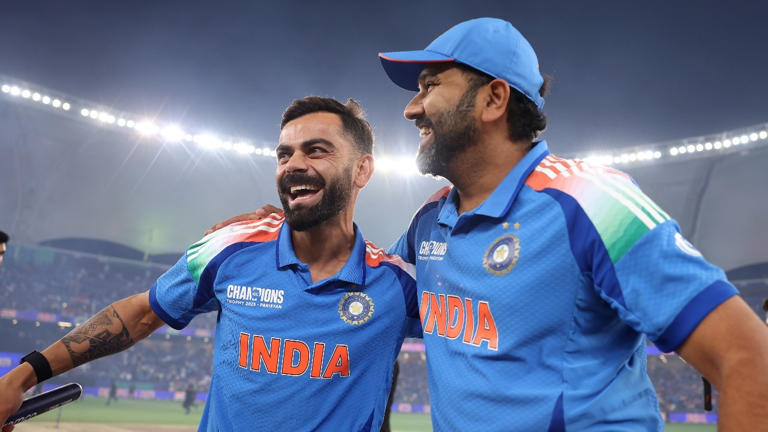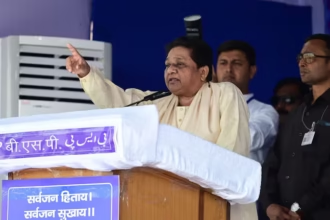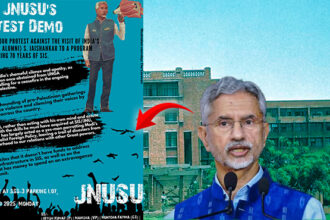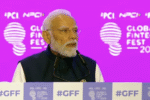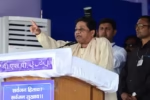The spine of sports is the rivalries it harnesses. That’s where the entire essence of watching sports lies. The most anticipated rivalry in the world is India vs Pakistan in a high octane cricket match. Due to the two nations’ long standing conflicts, their rivalry has gained steam like no other. India vs Pakistan is not just another game of cricket. It is a game of pride which evokes every cell of nationalism. But in the recent past, the writing more often than not, is on the wall even before half the match is completed. Pakistan’s cricket, once a reflection of fearless spontaneity, now mirrors the instability of its systems off the field. This is the story of the enormous decline of Pakistan and the gigantic rise of India.
The recently concluded Asia Cup, which was marred by more controversies than engaging cricket, has made one thing clearer than before- India is way beyond Pakistan’s level. The two teams faced off thrice in the competition, and it was barely a contest. The hype had a longer time span than the competition given by Pakistan. And to be honest, that is exactly what the rivalry has been rendered to. There is hype, there is controversy, there is quality cricket from India, and there is hardly any effort from Pakistan, or perhaps the nature of their efforts is so low that despite them putting it, it does not even marginally show up.
But there was a time very recently, where the games genuinely felt worthy of the hype and air surrounded by it. Remember the post covid times? When Babar was ‘touted’ to be better than Kohli ever was. Rizwan was the best opening batter across formats. Shaheen Afridi was the ‘premium’ fast bowler. Rauf was a better death bowler than Malinga. Asif Ali was the best six hitter. Basically the confidence of Pakistan and the narrative surrounding it was such that it was the greatest T20 side ever assembled, and to be fair, the claim wasn’t the worst. Delusional yes, but not entirely wrong.
In 2021, Pakistan defeated India for the first time in World cup history, and it was not only a defeat, it was a statement made by Pakistan. A massive 10 wicket win over India, completely dominating them in every facet.
In the 2022 Asia Cup, India were virtually knocked out of the competition by another comprehensive win by Pakistan. Those brief moments in 2021-22, when Pakistan finally broke India’s World Cup streak, offered a flicker of balance in an otherwise lopsided rivalry.
Then came perhaps the most defining cricket moment of this century.
Just a day prior, the ICC social media account had posted a picture of Babar Azam sitting on a throne with the caption reading Baadshah Babar.
T20 World Cup. Melbourne. MCG. India on the back of 2 losses in 3 games against Pakistan were looking down the barrel. 45-4 after 10 overs, chasing 160. Then requiring 28 from the final 8 balls. Haris Rauf had not conceded a single boundary and was literally breathing fire. On strike is that player who has been out of form since 2019, and was called out enormously to be dropped from the team.
In came Rauf, bowled a hard length ball above 140 kmph, Kohli stood his ground and lifted it high and straight above the bowler’s head. “Kohli goes down the ground, Kohli goes out of the ground.” “That’s the shot of an emperor.” “No living being can hit that shot, this guy is a genius.”
He hit another six the next ball. Then another on a no ball in the final over, and took his team home. Victory was clenched from the jaws of defeat.
And that very day, the ICC account posted a picture of Virat Kohli sitting on his rightful throne with the caption “King KOHLI”.
It was that day that Pakistan cricket started to stumble (despite making it to the finals of the world cup that year) and Indian cricket started its meteoric ascendency to the top.
The teams since that day have faced off 7 times with India winning 6 and one game being washed out.
Is it even a rivalry anymore? Today, audiences often anticipate India–Australia or India–England matches more than the historic clash with Pakistan.
The discourse surrounding India Pakistan games is how quickly would India wrap up the game. Perhaps the true tragedy of the India–Pakistan rivalry isn’t just Pakistan’s significant decline, but that the magic of unpredictability — the essence of sport itself — has faded with it.
The fact that India Pakistan is even considered to be a rivalry, makes cricket fans smirk. As rightly pointed out by the Indian skipper, 11-0 is not a rivalry.
What can be observed by these results is that India is far far ahead from Pakistan, in territories unheard of. Pakistan still lives in the fixed Sharjah matches, non neutral umpires and a glimpse of babar’s era.
A country is best represented by the sports it plays. Beyond cricket, this disparity reflects a deeper divide. On the field and beyond, Pakistan has struggled to match India’s dominance and consistency.
Cricket has become the mirror through which the world watches the India–Pakistan equation evolve. The scoreboard may read heavily lopsided, but the story it tells is far greater — of one nation surging toward leadership, and another still chasing its past glories. On one side of the fence a section of audiences remains anchored to historical narratives, often overlooking current dynamics, and on the other side we have a Global leader, an economically stable and an inspiring youth heavy nation.

